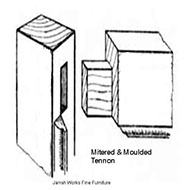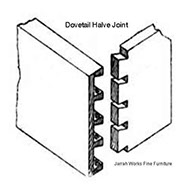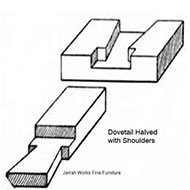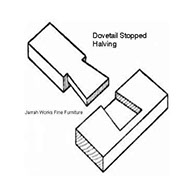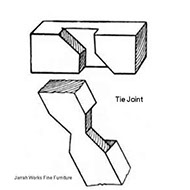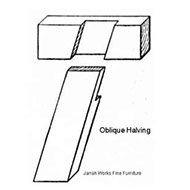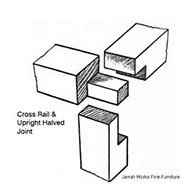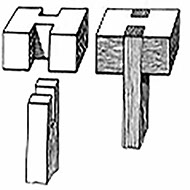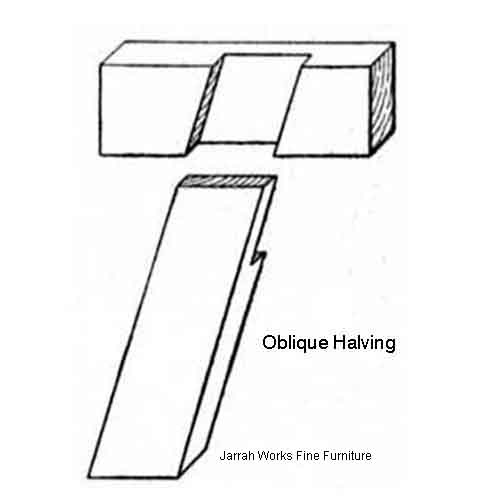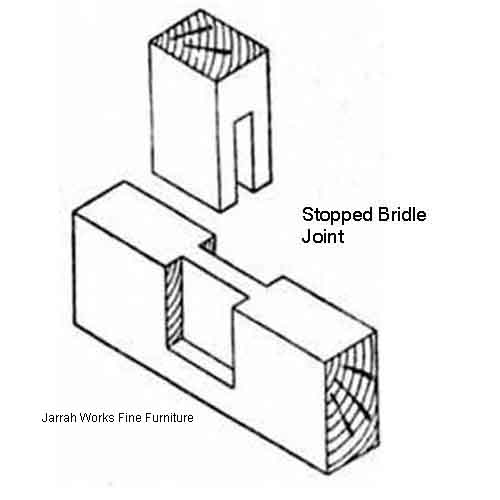Traditional Joinery
Craftsmen of traditional buildings and furniture made from wood have always relied on joints and joinery techniques to give them the structural strength and durability needed to have a long lasting unit. Joints used in the building of temples in Japan and China for example have allowed these buildings to stand for hundreds of years even through earthquakes and typhoons. Furniture craftsmen and women are no different.
Talk about amazing, this antique four-poster with its ornate carved headboard is considered to be the oldest piece of furniture in the world. Furniture historians say the style of the bed posts date them to the period 1560-1640.


Far from being roped off into retirement like many pieces of historic furniture,
it is still in use in the castle's Great State Bedroom by John Berkeley, 81,
and his wife Georgina, 73. It has been in use since 1608.
Making furniture with the correct joinery techniques requires a lot more skill and a much longer build time than using nails and glue to hold the wood together. Even the selection of the joint type to be used in different areas requires very careful consideration of the possible ways that the joint can be stressed etc. If the wrong joint is used, it can cause premature failure of the joint and your piece will then need restoration or at worst scrapping.
When teaching students how to make traditional furniture, I use a phrase that was taught to me "Nailed = Failed". While this sounds hard to new students, there is nothing worse than seeing a table with the slab of timber Nailed to the table legs. This nailing does not allow for expansion and contraction of the top which will be very different than the bottom. Also when the nail holes are patched to hide them, it totally ruins the look of a potentially beautiful table top. We do not use dowels for chairs or tables etc. as dowels are nowhere near as strong as an Interlocking Chair Joint or a wedged Fox Tenon. Modern Dowels were created to speed up the process of furniture making and they seriously degrade the strength of a joint.
Furniture made with traditional joints can (as seen above) last for hundreds of years. The quality of the furniture you buy today from us, can and will become a family heirloom and maybe even tomorrows antiques. We at Jarrah Works Fine Furniture understand this and build our furniture is this traditional way.
Below are some of the joints that we may use on the drawers, doors, chairs and cabinets of your next "Family Heirloom". There are many variations of these joints as well as several other different joints that can be used for other applications.
Click image for larger view and a description of each Joint Type.
Touch here for previous page
Crafting and loading the page for you




